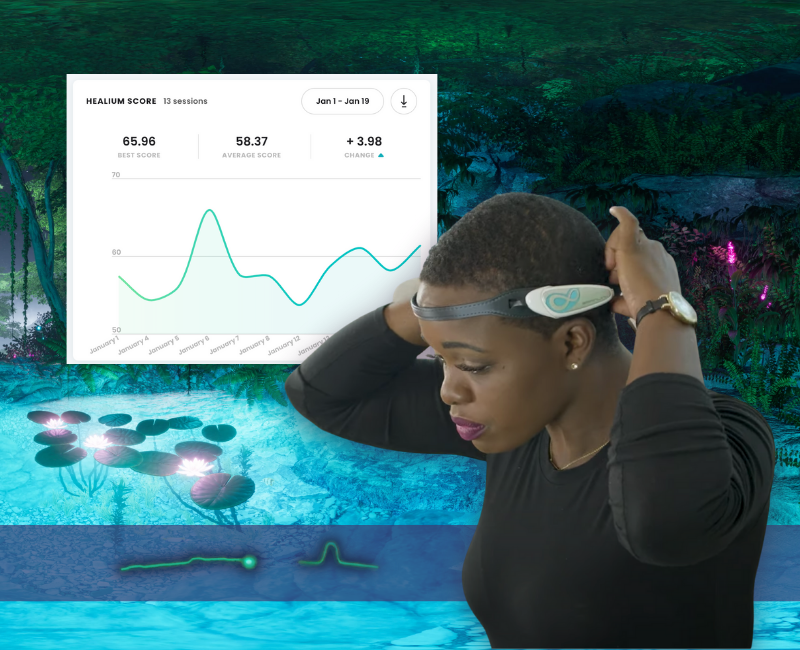Revealing the Connection Among quantitative EEG and Sleep Disorder Trends for Enhanced Assessment and Treatment
Revealing the Connection Among quantitative EEG and Sleep Disorder Trends for Enhanced Assessment and Treatment
Blog Article
Sleep hypopnea is a prevalent sleep disorder that impacts many people around the globe. It happens when a person's respiration is disrupted during sleep, leading to subpar slumber standards and various medical issues. One of the ways scientists and physicians are endeavoring to better understand and identify sleep apnea is through a technique called quantitative EEG, or qEEG. This approach assesses the electrical activity of the cerebrum and can offer valuable insights into how sleep apnea affects brain activity and general health.
qEEG involves positioning small electrodes on the scalp to capture cerebral oscillations. These brain waves are then examined to detect trends that may indicate sleep disorders, including sleep apnea. By analyzing these trends, medical professionals can gain a more precise understanding of how sleep apnea interrupts normal brain activity during slumber. This information can be crucial for developing efficient therapeutic plans customized to specific patients. Comprehending the connection between qEEG and sleep apnea can lead to improved identification techniques and superior outcomes for those affected by this condition.
Studies has demonstrated that individuals with sleep apnea often exhibit distinct changes in their cerebral oscillation trends. For instance, during instances of apnea, the brain may exhibit increased function in specific areas while other regions become more engaged. These alterations can influence how effectively a person slumbers and how refreshed they perceive upon awakening. By using qEEG to track these brain oscillation trends, doctors can recognize specific characteristics of sleep apnea in clients, which can help in formulating a more precise diagnosis. This is especially important because sleep apnea check out here can sometimes be confused for other sleep disorders, leading to inappropriate therapies.
In addition to enhancing diagnosis, qEEG can also play a role in assessing the efficacy of treatments for sleep apnea. For instance, after a patient begins using a constant positive airway force (CPAP) device, which assists keep the passage clear during slumber, qEEG can be utilized to evaluate changes in brain function. If the brain shows enhanced trends of slumber after initiating treatment, it may indicate that the therapy is working effectively. This response can assist physicians make required modifications to therapeutic plans, guaranteeing that clients receive the optimal care possible.
In summary, the connection between qEEG and sleep apnea patterns is an promising area of research that holds potential for improving diagnosis and treatment. By comprehending how sleep apnea impacts cerebral activity, healthcare providers can formulate more efficient approaches to help clients attain better sleep and improve their overall well-being. As studies continues to advance, it is probable that qEEG will become an integral tool in the battle against sleep apnea, leading to better outcomes for those who experience from this difficult condition.